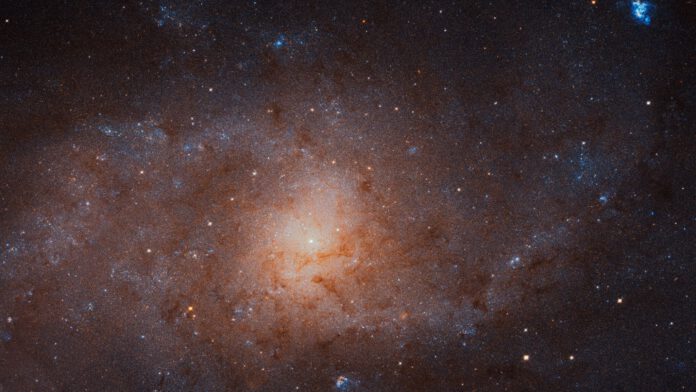
Understanding the Local Group
At Scientias, references are frequently made to the Local Group. But what really is this? The Local Group is essentially an array of galaxies that consist of smaller (satellite) systems and larger spiral galaxies, located in the vicinity of the Milky Way. These include galaxies like the Andromeda Nebula and the Triangulum Nebula. Any galaxy within a distance less than five million light-years from the Milky Way is part of the Local Group, making them neighbours of the Milky Way.
While you might initially think that the Milky Way is the largest galaxy in this neighbourhood, that is not the case. The Andromeda Nebula, also known as the Andromeda Galaxy, holds this distinction. This giant is located 2.5 million light-years away from Earth, but its distance is steadily decreasing. In the future, the Milky Way and the Andromeda Nebula will collide and merge, forming a huge elliptical galaxy. Thankfully, this will not happen for another 4.5 billion years, a time when our Sun would have exhausted its fuel, leaving the survival of humanity a question mark in this scenario.
The Triangulum Nebula – A prominent member of the Local Group
Another notable member of the Local Group is the Triangulum Nebula. This is the farthest object that can still be observed with the naked eye from the earth’s surface. When you look at this galaxy without aids, you are seeing photons that have been on the way for 2.85 million years. While the constellation Triangulum can be seen from various parts around the world, finding a sufficiently dark spot to observe it might be challenging. Fortunately, space telescopes are not affected by light pollution. A remarkable image of the Triangulum Nebula is chosen as the space photo of the week.
The above space photo, taken with the Hubble telescope in 2019, captivates with a sparkling display of 40 billion stars. The galaxy is filled with massive amounts of gas and dust, giving birth to numerous young stars.
The Local Group: Relatable Analogy
The Local Group can be surprisingly relatable if compared to your own neighbourhood. There are those with a slightly bigger car in the driveway, just like the Andromeda Nebula possesses more stars than the Milky Way. The family with many children might remind you of the Triangulum Nebula with all its new stars being born. Then there are those who routinely visit and circle your house, akin to the Magellanic Clouds acting as satellite systems of the Milky Way. This analogy might just help you visualize the complexity and diversity of celestial relationships in our Local Group of galaxies.











